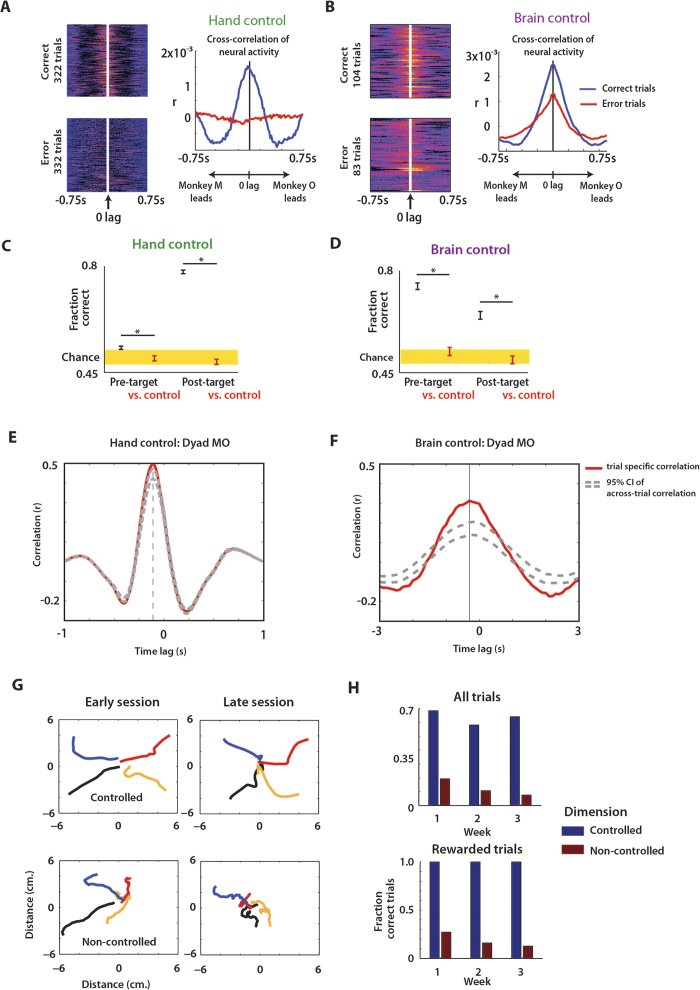Figure 3. (A-B) Cross correlogram of Monkey M vs.
Monkey O neural activity on correct trials (upper left panel) and error trials (lower left panel) for both a representative hand control (A) and brain control session (B) Mean cross correlogram for the correct and error trial group shown in panel on right of each panel. The correlation is higher in correct trials indicative of increased synchronous neuronal modulations between monkeys. (C,D) k-NN prediction of trial outcome (reward or error) using the mean neuronal cross correlogram on a single trial (i.e. left panels in A-B) between the two monkeys either prior to target appearance (“Pre-target”) or after target appearance (“Post-target”). Chance level prediction (95% confidence interval) shown in yellow band. * denotes P < 0.01, unpaired t-test. Neuronal synchrony between monkeys before and after target onset was predictive of trial outcome. (E,F) Extra correlation analysis. Velocity profile in a trial for dyad M&O were cross-correlated. The average cross correlation (trial specific correlation, red trace) was estimated for all trials: hand control (E) and brain control (F) Extra correlation was the excess correlation (in the red trace) that cannot be accounted for by the distribution of across-trial correlation (enclosed by the grey dashed lines). The vertical line shows the time lag at peak correlation. (G-H) Partitioned control task: (G) Panels show the average trajectory to the 4 target locations, denoted by colour, from the first (left column) and the last (right column) session. Trajectories derived from the monkeys’ controlled axes predictions (controlled) are shown in the upper panels and non-controlled axes predictions (non-controlled) are shown in the lower panels. Non-controlled traces were initially more similar to the controlled traces (left panels) but over time became shrunk and convoluted (right panels). (H) The fraction of rewarded trials was computed based on trials when the avatar arm is moving according to the predictions of the controlled axis (blue) or the non-controlled axes (red). Mean fraction correct trials shown for each of the three weeks of experiments. Shown separately is fraction correct amongst all trials (upper panel) and only among trials where a reward was achieved (lower panel). The percentage of trials in which the complementary trace reached the target (red bars) decreased significantly over training.

